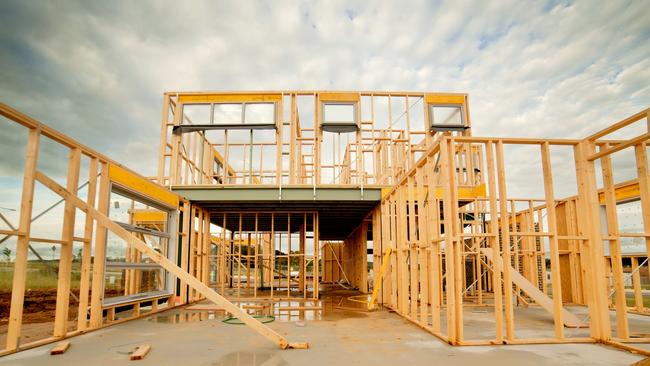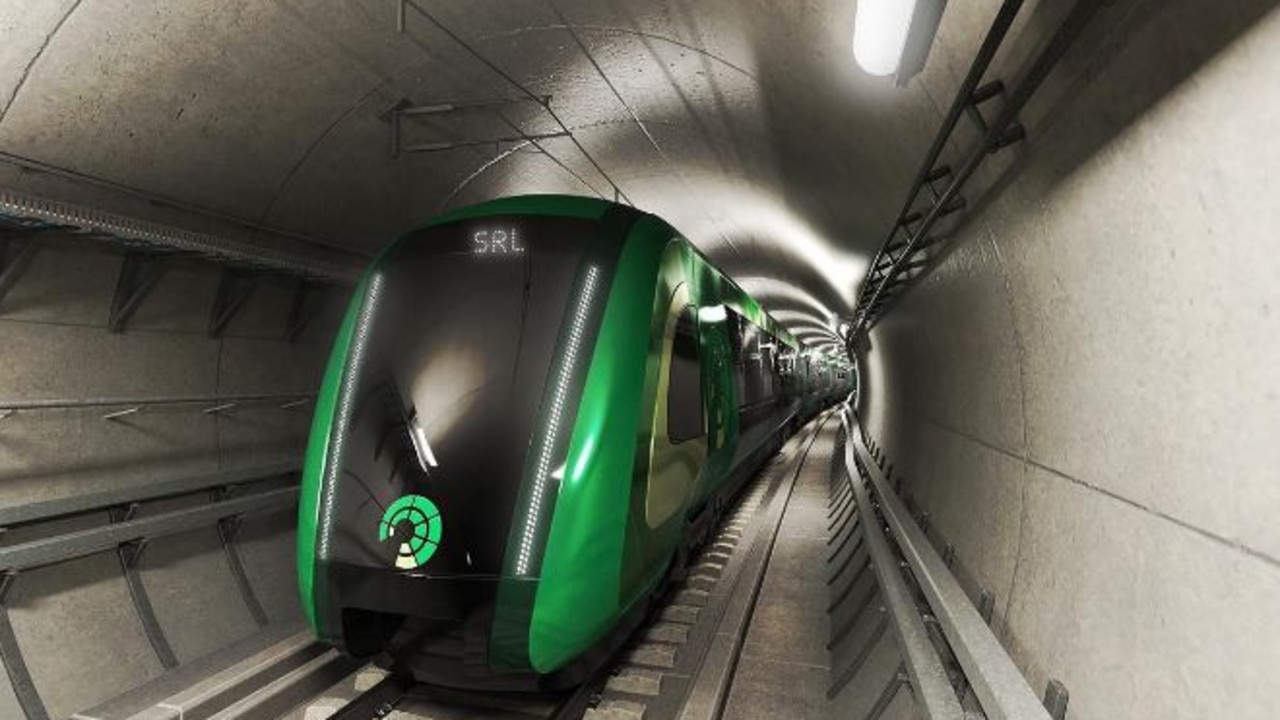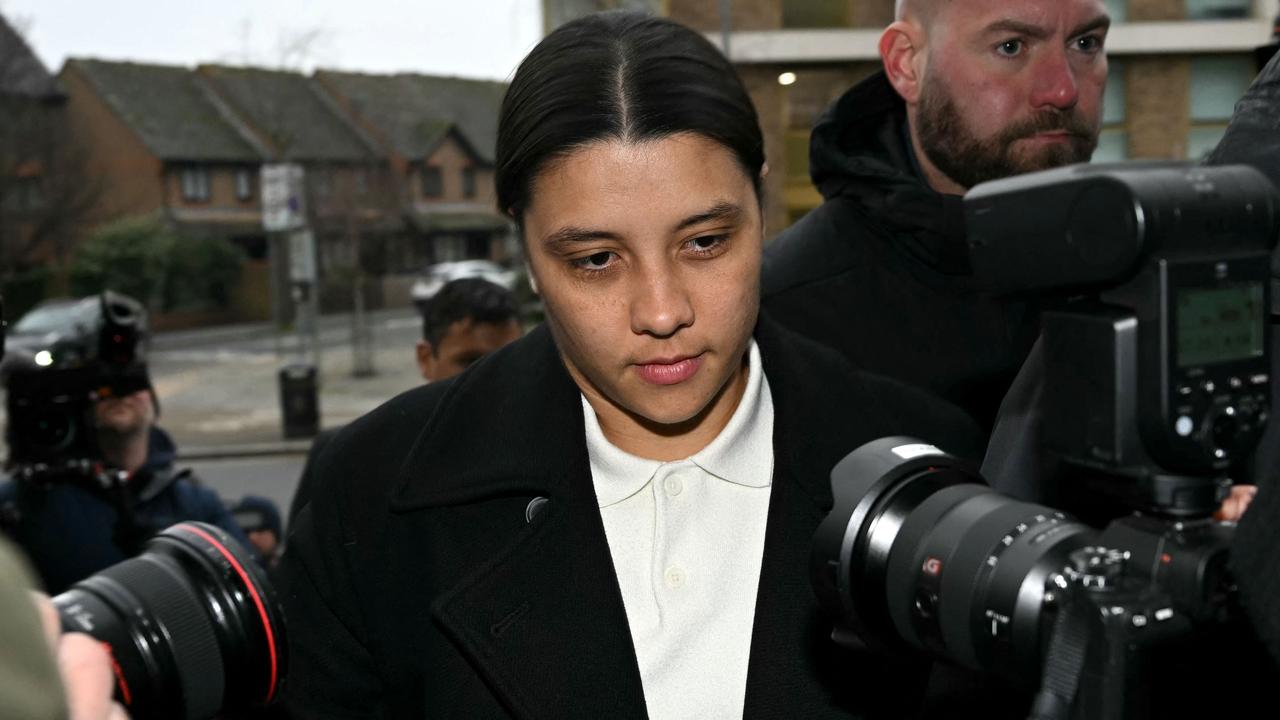Treasurer ends $1500 tax cut in 2022 federal budget
Labor says its first budget in a decade is “responsible” and will ready Australia for the future, despite the controversial decision to end a $1500 tax cut.

Victoria
Don't miss out on the headlines from Victoria. Followed categories will be added to My News.
Treasurer Jim Chalmers has warned of “hard days to come’’ as he unveiled a federal budget with no extra cost of living sweeteners and officially axes the $1500 tax cut for low-and-middle income earners.
Labor’s first budget in a decade will deliver on its election promises of cheaper childcare and medicines, while also pledging to build one million new affordable homes by 2029 under a landmark deal with state and territory governments, and investors.
But it comes as the world economy “teeters” and Australia confronts a third global downturn in 15 years. Inflation is set to peak at 7.75 per cent in the December quarter before falling to 5.75 per cent in June following pressure from the Covid-19 pandemic, war in Ukraine and global energy crisis driving up bills.
“Australians know there are hard days to come, and hard decisions to accompany them,” Mr Chalmers said. “This is a responsible budget that is right for the times and readies us for the future. And it begins the hard yards of budget repair.”

Short-term gains from high commodity prices and low unemployment has slashed the deficit from $78bn in March to $36.9bn in 2022-23. Yet, despite painting his budget as tackling budget repair, gross debt is expected to hit almost $1 trillion in June, or 37.3 per cent of GDP, before soaring to almost $1.16 trillion or 43.1 per cent of GDP in 2025-26.
Australia’s economy is expected to grow 3.25 per cent in the next year before falling to 1.5 per cent growth for 2023–24, with employment to take a hit. Further budgets will also have to tackle structural spending pressures, with an $8.8bn rise in NDIS costs, on top of soaring spending on health, defence and aged care.
The Albanese government is expected to bank $142bn in additional revenue over the next four years as a result of short-term gains from higher tax receipts due to inflation.
It will also reap $22bn in savings following cuts to Coalition programs and $3.6bn in savings from external labour, advertising, travel and legal expenses following its “waste and rorts” audit which aimed to kickstart budget repair.
However, a crackdown on tax avoidance is expected to generate $3.7bn or three times as much Labor’s signature pledge to claw back money from multinationals not paying their fair share of tax.

A further $920m from the community development grants program, which benefits the regions, and $671m from the controversial Urban Congestion Fund including the commuter car parks will also be slashed.
The Herald Sun on Monday revealed at least $900m in infrastructure projects promised across Melbourne would be canned.
With the State Election looming in a month’s time, no big spending other than $2.2bn for the contentious Suburban Rail Loop project – which the opposition has vowed to axe – $400m for major road upgrades and $156m for the Geelong City Deal were spruiked.
The $35bn first stage of the Suburban Rail Loop, which it yet to be formally assessed by Infrastructure Australia, would be dumped by the Victorian Coalition if it wins next month’s state election.
Any state funds saved would be diverted into the health system, with the Opposition pushing the federal government to commit to redirecting it’s $2.3bn commitment.
The clash over the most expensive rail project ever planned in Victoria is set to dominate a frantic final month of campaigning.
The Albanese government’s $7.5bn cost of living package, which aims to boost productivity and grow the economy without adding to inflation, includes:
CHEAPER child care for more than 1.2 million families, with the subsidy increasing to 90 per cent for those earning less than $530,000 a year from July 2023
EXPANDING Paid Parental Leave to 26 weeks from 2026
REDUCING the co-payment for scripts by $12.5 to $30 from January 1
HELPING more Aussies buy a home and aiming to build one million homes in five years from mid-2024 to help keep the pace of residential construction on track.

Labor will provide an initial $350m in federal funding over five years to deliver 10,000 energy efficient, affordable homes.
State and territories will also support the build of an extra 10,000 homes.
This commitment is in addition to 30,000 new social and affordable dwellings that will be delivered through the $10bn Housing Australia Future Fund in its first five years.
Mr Chalmers is also promising to get wage increases. But wages growth is not expected to keep pace until 2024 with soaring rents, energy and food bills “eating into pay packets”, inflationary pressures and rising interest rates.
Households forced to tighten the purse strings as mortgage repayments balloon and house prices fall.
Hardworking Aussies will also get less when they lodge their tax returns next financial year, with people earning between $48,000 and $90,000 no longer receiving the maximum offset of $1500 as scheduled.
Cash handouts were not on the table, amid fears the stimulus would exacerbate inflation and prompt further interest rate rises.
Opposition treasury spokesman, Angus Taylor, said the budget was the first big test for Labor.
“The test for Labor is whether they have that clear and comprehensive plan to deal with those pressures Australians are facing,” he said.
Opposition infrastructure spokeswoman Bridget McKenzie said the cuts to regional projects would be a “real kick in the guts” to regional Victorians that were doing it tough right now.
“There are communities right now sandbagging, sitting underwater, cleaning out shops … baring the brunt of our natural disasters,” Senator McKenzie said.
At least $3bn has been put aside for flood response on the east coast.
Originally published as Treasurer ends $1500 tax cut in 2022 federal budget





